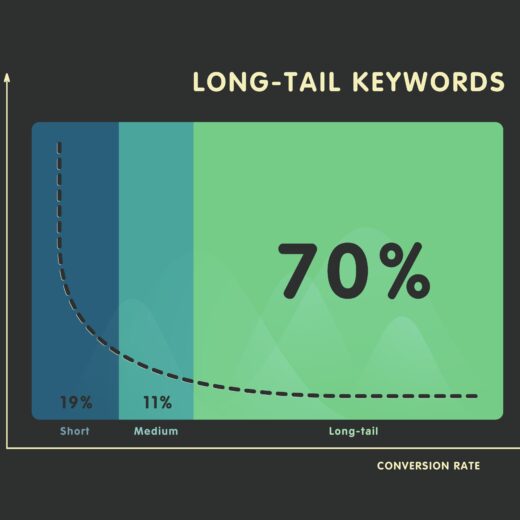What is Visual Search in Digital Marketing?

In the fast-paced world of digital marketing, staying ahead of the curve is crucial. As consumer behaviours continue to evolve, marketers are constantly seeking innovative ways to engage their audience. One such innovation that has gained significant traction in recent years is visual search. In this blog post, we’ll explore what visual search is, how it works, and its implications for digital marketing strategies.
Understanding Visual Search
Visual search is a technology that allows users to search for information using images rather than text. Instead of typing keywords into a search engine, users can simply upload a picture or take a photo with their smartphone camera to initiate a search. The technology then analyses the image and provides relevant results based on visual similarities.
How Does Visual Search Work?
At the heart of visual search technology are sophisticated algorithms powered by artificial intelligence and machine learning. These algorithms are trained to recognise patterns, shapes, colours, and other visual attributes within images. When a user submits an image query, the algorithm compares it to a vast database of indexed images to find the closest matches. The results are then displayed to the user, typically ranked by relevance.
Examples of Visual Search
Visual search has found applications across various industries, revolutionising the way consumers discover products and information online. One of the most prominent examples is Pinterest Lens, a feature that allows users to search for Pins using images captured with their smartphone camera. Users can snap a photo of an item they’re interested in, and Pinterest will surface visually similar Pins, as well as related products and ideas.
Another example is Google Lens, a visual search tool integrated into the Google Search app. With Google Lens, users can point their smartphone camera at objects, landmarks, or text to receive relevant information and search results. For instance, users can scan a barcode to view product details, or take a photo of a famous painting to learn more about it.
Implications for Digital Marketing Strategies
Visual search presents exciting opportunities for digital marketers to enhance the online shopping experience and drive engagement. By incorporating visual search capabilities into their strategies, marketers can:
- Improve Product Discovery: Visual search enables users to find products they love simply by snapping a photo. By optimising product images and ensuring they are easily discoverable through visual search, marketers can increase the likelihood of conversions.
- Enhance User Experience: Visual search streamlines the search process, making it more intuitive and convenient for users. By providing a seamless user experience, marketers can boost customer satisfaction and loyalty.
- Drive Traffic and Sales: Visual search can drive qualified traffic to e-commerce websites by connecting users with relevant products. Marketers can capitalise on this by optimising their product listings for visual search and providing compelling visuals that capture users’ attention.
- Gain Insights: Visual search data provides valuable insights into consumer preferences and behaviours. By analysing visual search trends and patterns, marketers can refine their strategies, identify emerging trends, and tailor their offerings to meet evolving consumer demands.
Visual search represents a paradigm shift in the way we search for information online. By leveraging the power of images and AI technology, visual search enhances the online shopping experience, empowers users to discover new products effortlessly, and provides valuable opportunities for digital marketers to engage their audience. As visual search continues to evolve, savvy marketers will undoubtedly find innovative ways to leverage this technology to drive business growth and stay ahead of the competition.







